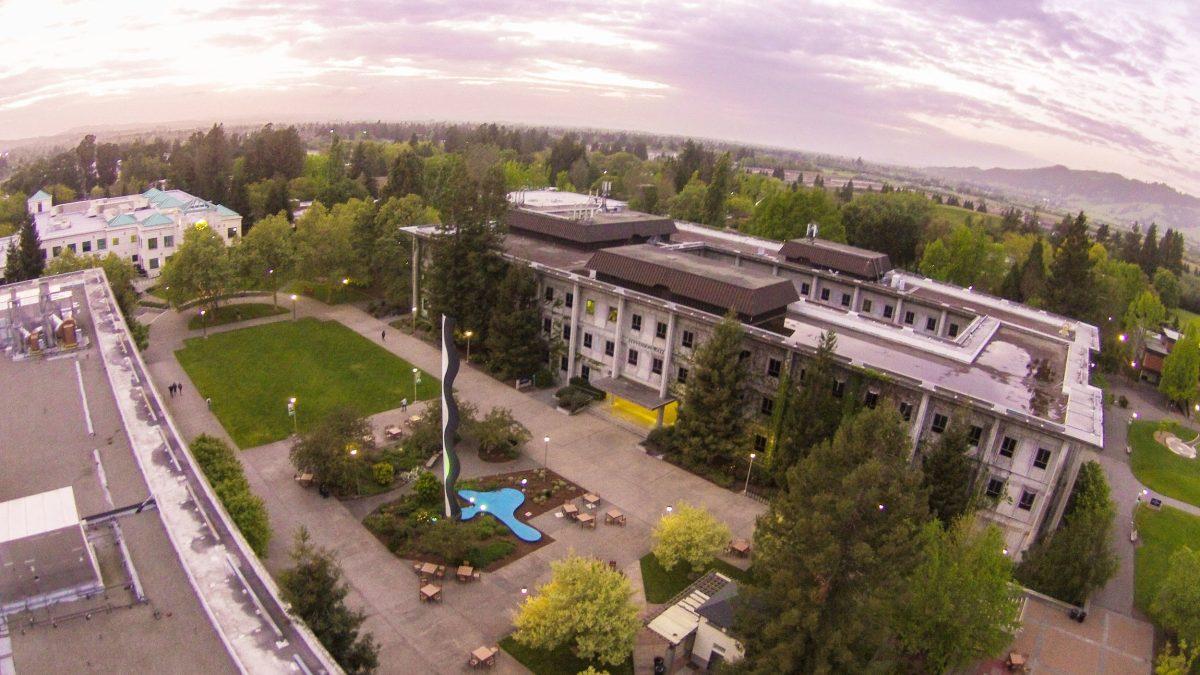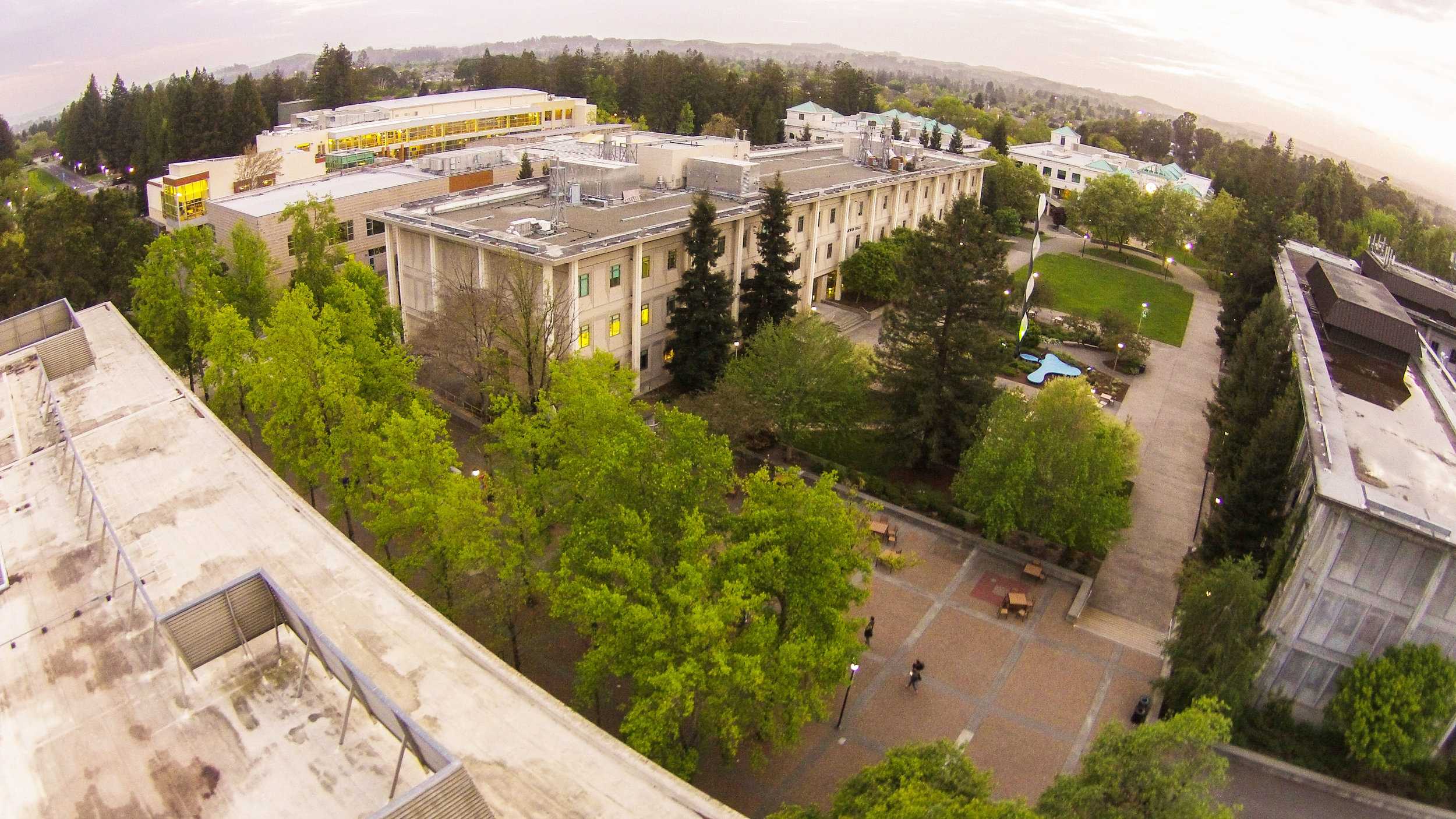The trial in a $15 million whistleblower lawsuit, involving the discovery of asbestos in some Sonoma State buildings, began in January and is expected to last until the end of February.
“The health and safety of the employees and students at SSU are at stake in this case,” said Dustin Collier, attorney for the plaintiff Thomas Sargent.
Sargent was a former Sonoma State employee and asbestos consultant.
Sargent accuses Sonoma State of mishandling contamination of asbestos and lead in multiple campus buildings. He also claims he suffered retaliation from the university when he exposed the problem.
Sargent is seeking $15 million in damages.
The trial, which is taking place in the Sonoma County Superior Courthouse in Santa Rosa, had its most recent hearing this past Wednesday, Feb. 2. Sargent testified in front of the seven-man, five-women jury and continued upholding the allegations that have rooted this trial.
Among them are the mishandling of asbestos by his supervisor, Director of Energy and Environmental Health and Safety Craig Dawson, and the way he was treated after notifying the California Department of Public Health Childhood Lead Poisoning Prevention Branch, Cal-OSHA and Sonoma Department of Emergency Services, of the potential threat to the health of employees and students.
The university has admitted to the presence of asbestos in Stevenson Hall; however, officials point to official reports found by private company, RHP Risk Management, which shows levels of the toxic material do not exceed unsafe standards imposed by Cal-OSHA.
On Wednesday, Sargent claimed the testing used by the university was inadequate because they are testing the levels of asbestos in the air during a time in which asbestos sources are undisturbed.
According to Sargent, in order to truly know if asbestos is present in the air, testing must be completed during a time in which asbestos sources are being disturbed.
Nicolas Grizzle, a Sonoma State’s spokesman, declined to comment on this matter.
While on the stand, Sargent also answered questions from his lawyer indicating the deterioration of his work relationship with Dawson. Sargent claims he received his lowest ratings ever in areas such as quality of work, initiative, communication and customer service after his denouncement of the asbestos incident. This retaliation led Sargent to resign “in protest,” said his lawyer Dustin Collier.
So far top officials such as former Sonoma State University President Ruben Armiñana and former Vice President of Administration and Finance,Laurence Furukawa-Schlereth have taken the stand during the trial.
“What’s at stake in this trial is whether or not the university has done enough to asses the asbestos problem, and to hold them accountable to take the problem more seriously,” said Collier. “As well as bringing some justice to Sargent and restore him into society.”





![[Both photos courtesy of sonoma.edu]
Ming-Ting Mike Lee stepped in as the new SSU president following Sakakis resignation in July 2022](https://sonomastatestar.com/wp-content/uploads/2024/04/CC4520AB-22A7-41B2-9F6F-2A2D5F76A28C-1200x1200.jpeg)



























